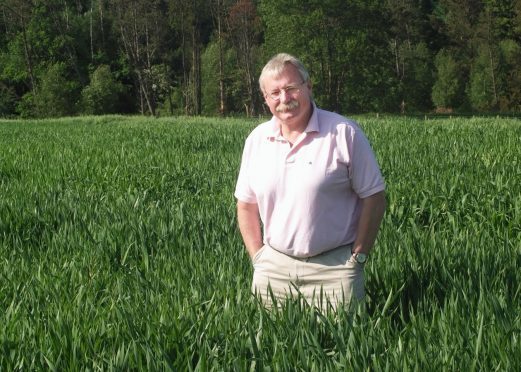Scotland’s farming workforce needs a skills overhaul if the industry is to benefit from developments in precision farming technologies.
Wayne Powell, SRUC principal and chief executive, said Scottish producers had huge opportunities to drive productivity and profitability thanks to new farm technologies.
But without changing behaviours and encouraging people to think differently about the skills and knowledge they need to work in agriculture, those opportunities would never be fully grasped.
Speaking at the opening of the European Conference on Precision Agriculture in Edinburgh, Professor Powell said: “We have exponential developments in knowledge and understanding, and at the same time we have demands on how to apply this knowledge in new ways.
“To be a success it requires new ways of working, new collaborations, changes in behaviour and a real focus on step-changes rather than what we have done in the past.”
He said the biggest change had to come from reshaping agricultural education so that new entrants came to farms with knowledge of how to use technology, as well as understanding how to apply the data it gathered in a practical way.
“One of the biggest impediments of things changing with precision agriculture is the skills base of our workers,” he added.
“If we couple that with whatever happens with Brexit, the likelihood is we will have to make a higher proportion our our indigenous population to have higher levels of skills. That means we will have to focus on the careers and training opportunities
He said future training needed to focus on vocational and practical skills, as well as the traditional skills that have always been important.
Industry needed to design a curriculumn that was not only responding to what was happening also at the forefront of ensuring a work-ready population.”
